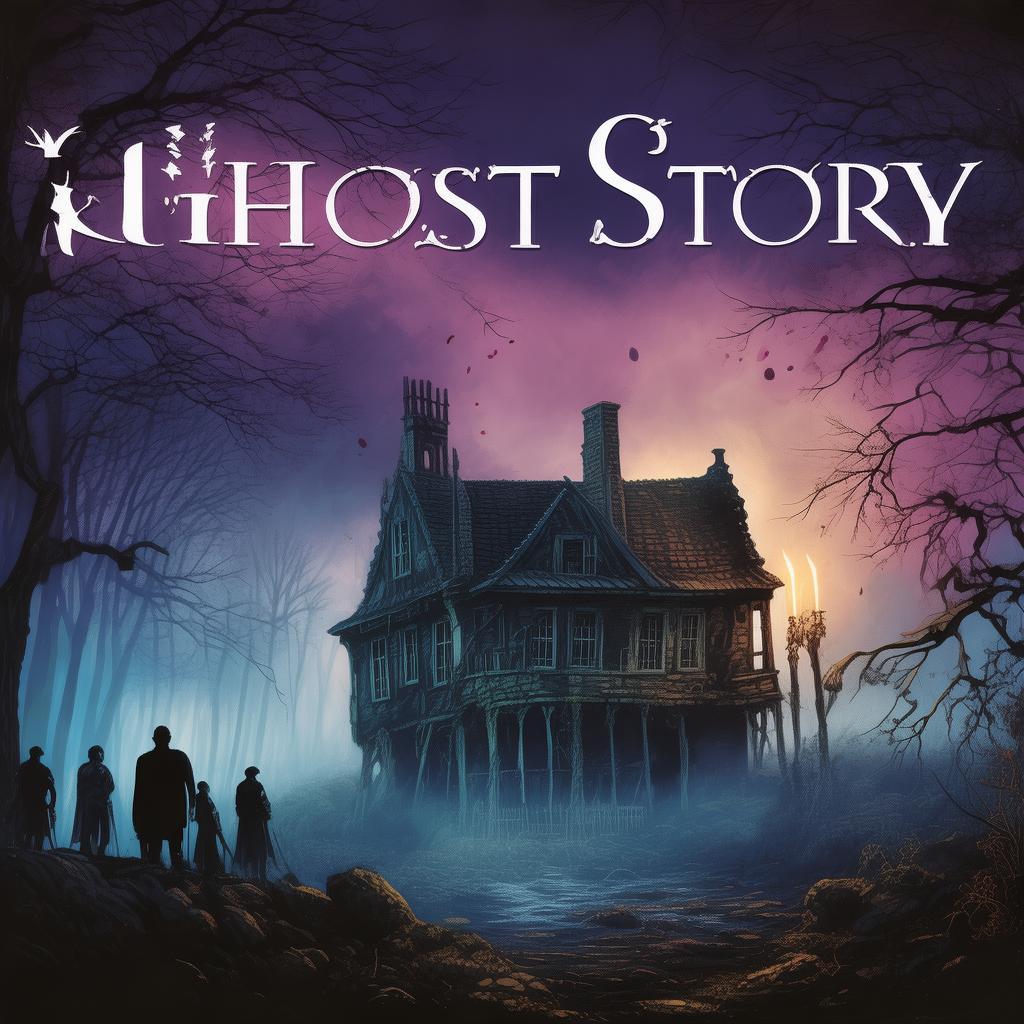The Haunting Echoes of Palermo: A Ghostly Journey Through Sicilian Cinema
The cobblestone streets of Palermo, the capital city of Sicily, have long been steeped in history and legend. The city's rich tapestry of tales, from ancient myths to modern urban legends, has provided fertile ground for a unique cinematic tradition that often delves into the supernatural. In "The Haunting Echoes of Palermo: A Ghostly Journey Through Sicilian Cinema," we delve into the chilling stories that have emerged from this haunted landscape, offering a glimpse into the eerie legacy of Sicilian horror cinema.
The city of Palermo itself seems to whisper tales of the past, its ancient walls echoing the stories of those long gone. This setting is the perfect backdrop for films that explore the supernatural, as the eerie atmosphere of the city complements the chilling narratives that have captivated audiences for decades.
One of the most notable films that emerged from Sicilian cinema is "Caltagirone," directed by Giuseppe Tornatore. The film is a haunting tale of a young boy who discovers that his neighbor is a ghost. The story is told through the eyes of the boy, who must come to terms with the existence of the supernatural in his life. The film's use of real locations in Palermo adds to the authenticity of the story, making the audience feel as if they, too, are wandering the haunted streets of the city.
Another classic from Sicilian cinema is "The Night of the Living Dead," directed by Lucio Fulci. This film is a seminal work in the horror genre and is often considered a cornerstone of Italian horror cinema. The story revolves around a group of survivors trapped in a rural farmhouse during a zombie apocalypse. The setting, once again, is Palermo, with its eerie, abandoned buildings providing the perfect backdrop for the film's chilling atmosphere.
In "The Haunting Echoes of Palermo," we also explore the work of another influential director, Dario Argento. Argento's films are known for their surreal visuals and innovative use of music. In "Phenomena," a young girl discovers she has the ability to communicate with insects and other small creatures, which leads her on a quest to uncover a dark conspiracy. The film's use of insects and the natural world to convey the supernatural is a unique approach that has left a lasting impact on the horror genre.

The Sicilian setting is not only a backdrop for these films but is also an integral part of their narrative. The city's history, its architecture, and its people all contribute to the films' eerie atmosphere. In "The Haunting Echoes of Palermo," we examine how the city's unique cultural and historical context has influenced the development of these cinematic stories.
One cannot talk about Sicilian horror cinema without mentioning the influence of Mario Bava, the "Godfather of Italian Gothic." Bava's films, such as "Black Sunday" and "Bay of Blood," are known for their innovative camera work and use of color. These films have influenced countless directors and are still revered by horror fans today.
In "The Haunting Echoes of Palermo," we also look at the influence of these films on contemporary cinema. Modern filmmakers, both Italian and international, have drawn inspiration from the eerie narratives and visual style of Sicilian horror films. The legacy of these films continues to live on in the works of directors who seek to create films that evoke the same sense of dread and wonder.
The content of "The Haunting Echoes of Palermo" is a blend of analysis and storytelling, offering readers a comprehensive look at the evolution of Sicilian horror cinema. From the early days of Italian Gothic to the modern horror films that continue to unsettle audiences, the book explores the themes, techniques, and cultural influences that have shaped this unique cinematic tradition.
The book is divided into several chapters, each focusing on a different aspect of Sicilian horror cinema. There are chapters dedicated to the influence of history and mythology on the films, the role of music and sound design in creating atmosphere, and the impact of these films on contemporary cinema. Each chapter is filled with detailed analysis, accompanied by examples from the films themselves.
In the final chapter, "The Haunting Echoes of Palermo" reflects on the enduring legacy of Sicilian horror cinema. It examines how these films have influenced not only the horror genre but also the broader landscape of cinema. The chapter concludes with a discussion of the future of Sicilian horror cinema, suggesting that the region's rich tradition of storytelling will continue to inspire filmmakers for generations to come.
"The Haunting Echoes of Palermo: A Ghostly Journey Through Sicilian Cinema" is a must-read for anyone interested in the horror genre, Italian cinema, or the unique cultural and historical context that has given rise to some of the most chilling films ever made. It is a journey through the eerie streets of Palermo, where the past and present intertwine in a haunting legacy that continues to captivate audiences around the world.
✨ Original Statement ✨
All articles published on this website (including but not limited to text, images, videos, and other content) are original or authorized for reposting and are protected by relevant laws. Without the explicit written permission of this website, no individual or organization may copy, modify, repost, or use the content for commercial purposes.
If you need to quote or cooperate, please contact this site for authorization. We reserve the right to pursue legal responsibility for any unauthorized use.
Hereby declared.









